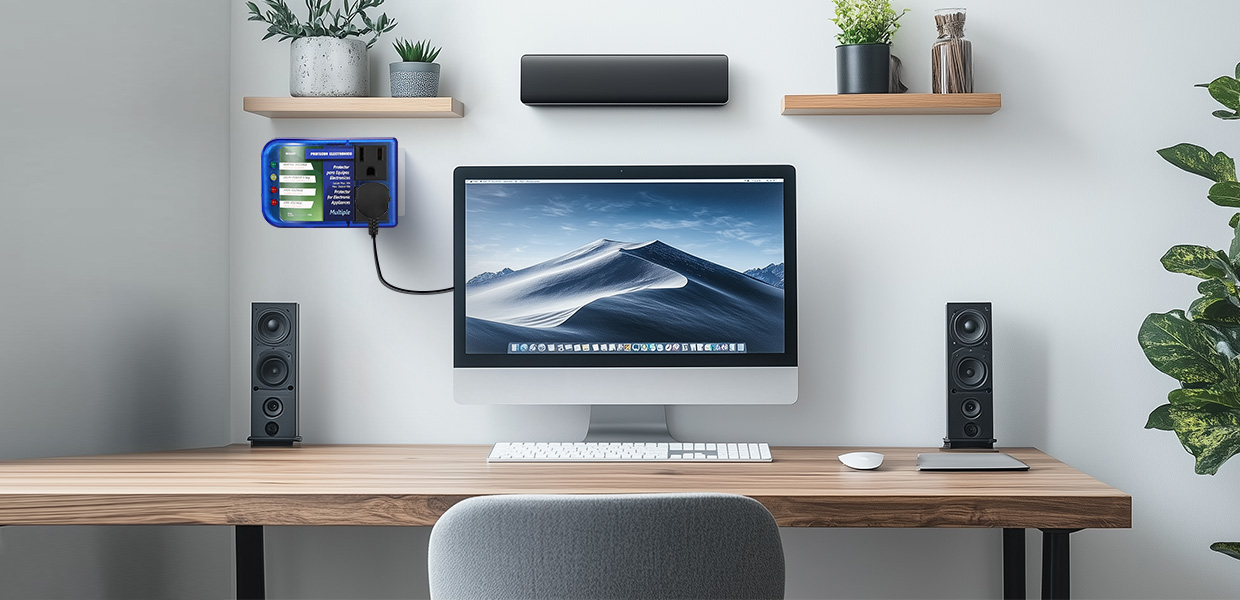Measures to prevent short circuits
1.1 Standard design and installation
Follow national electrical installation standards, select wires, sockets, and electrical equipment that meet quality requirements, ensure that wiring is neat and orderly, and avoid cross-entanglement. Waterproof cables and connectors should be used in humid areas (such as kitchens and bathrooms).
Reasonably distribute circuit loads to avoid high-power appliances using the same socket. The cross-sectional area of the wire must meet the load requirements to prevent overheating.
1.2 Install protective devices
Use circuit breakers and fuses as overcurrent protection to automatically cut off the power supply when the current is abnormal.

Install residual current protectors (RCD/GFCI) and surge protectors to prevent leakage and voltage surges.
Configure arc fault circuit breakers (AFCI) to detect abnormal arcs and cut-off circuits.
1.3 Regular inspection and maintenance
Check whether the wires and sockets are aging, damaged, or burnt, and replace the problem parts in time.
Clean the dust on the equipment to prevent dirt accumulation and short circuits. It is recommended that a professional electrician conduct a system inspection every year.
1.4 Environmental Management
Keep electrical equipment dry to avoid short circuits caused by humid environments.
Control pests (such as rats) from damaging wires and use protective tubes to protect lines.
Ensure good heat dissipation of equipment to avoid insulation aging caused by high temperatures.
Measures to prevent circuit breakage
1.1 Correct selection and installation
Select the appropriate wire specifications according to the current load and ensure that the joints are firm and reliable.
Use protective tubes or protective covers to prevent mechanical damage, especially in areas susceptible to external forces.
1.2 Regular inspection and maintenance
Check whether the insulation layer of wires and cables is intact and whether the joints are oxidized or loose.
Test the ground fault protector regularly (such as once a month) to ensure that it functions properly.
1.3 Use protection devices
Install relays to control the circuit on and off to improve stability.
Configure current monitoring devices to adjust the load in real-time to avoid overload.
1.4 Avoid overload and mechanical damage
Reasonably distribute electrical loads to prevent overload of a single circuit.
Set up warning signs to avoid line breaks caused by human operation.
Other considerations
Emergency measures: Install smoke detectors, fire extinguishers, and emergency lighting systems to ensure safe evacuation in case of power outages.
Education and operating standards: Avoid modifying circuits by yourself, turn off the power before cleaning electrical appliances, and reduce electricity consumption during thunderstorms.
High-quality equipment: Choose electrical appliances with safety certification (such as a CE mark) and avoid using inferior products.
The above measures can significantly reduce the risk of short circuits and circuit breaks in home electrical systems and ensure safe operation. Regular maintenance and professional inspections are key and need to be adhered to over the long term.




